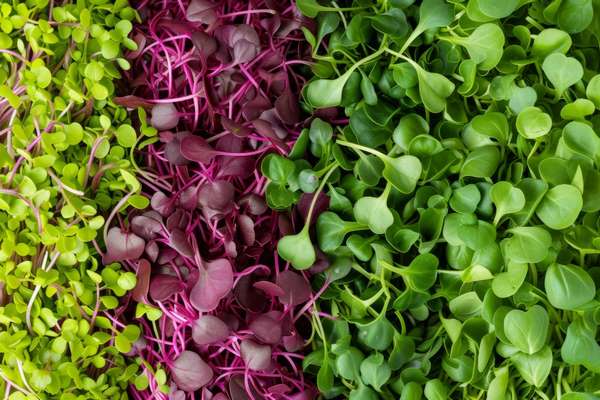Microgreens surpass mature vegetables in vitamins, minerals, and antioxidants, offering new opportunities for improved nutrition and addressing global micronutrient deficiencies.

A study in Scientific Reports analyzed six types of microgreens, revealing they contain 2–40 times more beneficial compounds than their mature counterparts. Broccoli, black radish, and red beetroot microgreens stand out due to their exceptionally high antioxidant levels, making them valuable dietary additions. These nutrient-dense plants can serve as an effective tool in combating malnutrition worldwide.
Nutrient content varies by species, with bean microgreens providing the most vitamin C (80.45 mg/100 g) and sunflower microgreens offering the highest calcium levels (148.63 mg/100 g). Broccoli microgreens, rich in iron and manganese, support red blood cell production, while pea microgreens contribute phosphorus and copper essential for cardiovascular health. Researchers highlight their significance: “Microgreens are a promising functional food that can be a key element in the fight against global malnutrition.”
Antioxidant capacity also differs among varieties—black radish microgreens exhibit the strongest antioxidant activity, whereas red beetroot microgreens contain the highest levels of flavonoids beneficial for heart health. Growing conditions, including temperature, light, and soil composition, play a crucial role in optimizing nutrient density. Further research is needed to refine cultivation methods and integrate microgreens more effectively into global food systems.






